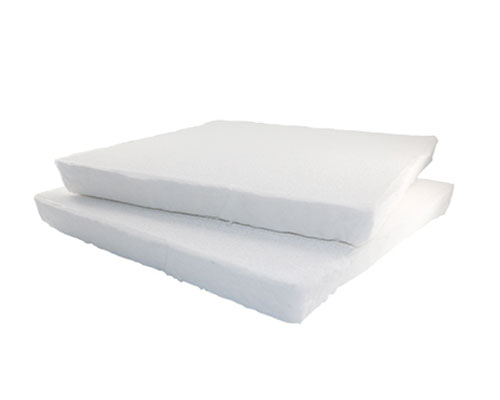Ceramic Foam Filters for Aluminum, its ability to filter metal solution slag and metal impurities is far stronger than other filters, and its filtration has a comprehensive effect of physics and chemistry. Large inclusions are physically screened and retained on the surface of the filter, while tiny inclusions are adsorbed on the surface, sidewalls, or pores of the filter due to chemical affinity. Therefore, it can effectively filter out impurities of various sizes, including impurities much smaller than the filter pores. This ceramic foam filters for aluminum can also smooth the turbulent flow of molten metal, reduce turbulence, and make the flow of molten metal smooth and tidy.
The use of ceramic foam filters can greatly reduce impurities, not only can reduce the appearance of the castings after demolding, but also reduce the production of defective cutting products, and even reduce repair operations. By using the filter, various impurities in the melt are removed and purified. Such castings have multiple alloys, which can improve mechanical properties, fatigue strength, reduce processing costs, shorten processing time, improve machinability, and extend the service life of processing tools.

The use of ceramic foam filter should be selected according to the type of casting alloy and pouring temperature, and should not be used over temperature. Appropriate pore density should be selected, which is an important parameter that affects the purification effect and affects the filling of castings. The filter size should be selected reasonably and the pouring time should not be extended. The filter should be as close as possible to the cavity to reduce the formation of secondary oxidation slag.
The ability of the filter to pass through the molten metal is limited, and it should not be used beyond the limit, which increases the chance of filter damage and affects the purification effect. The pouring temperature should try to use the upper limit of the craft to increase the fluidity of the metal.
When using a ceramic foam filter, the pore size of the filter should be determined according to the quality requirements of the casting and the number of inclusions in the molten metal; the size of the filter should be determined according to the pouring speed and pouring weight. In order to ensure the filtering effect of the filter, the placement of the filter, and the design of the gating system should also follow certain specifications.

